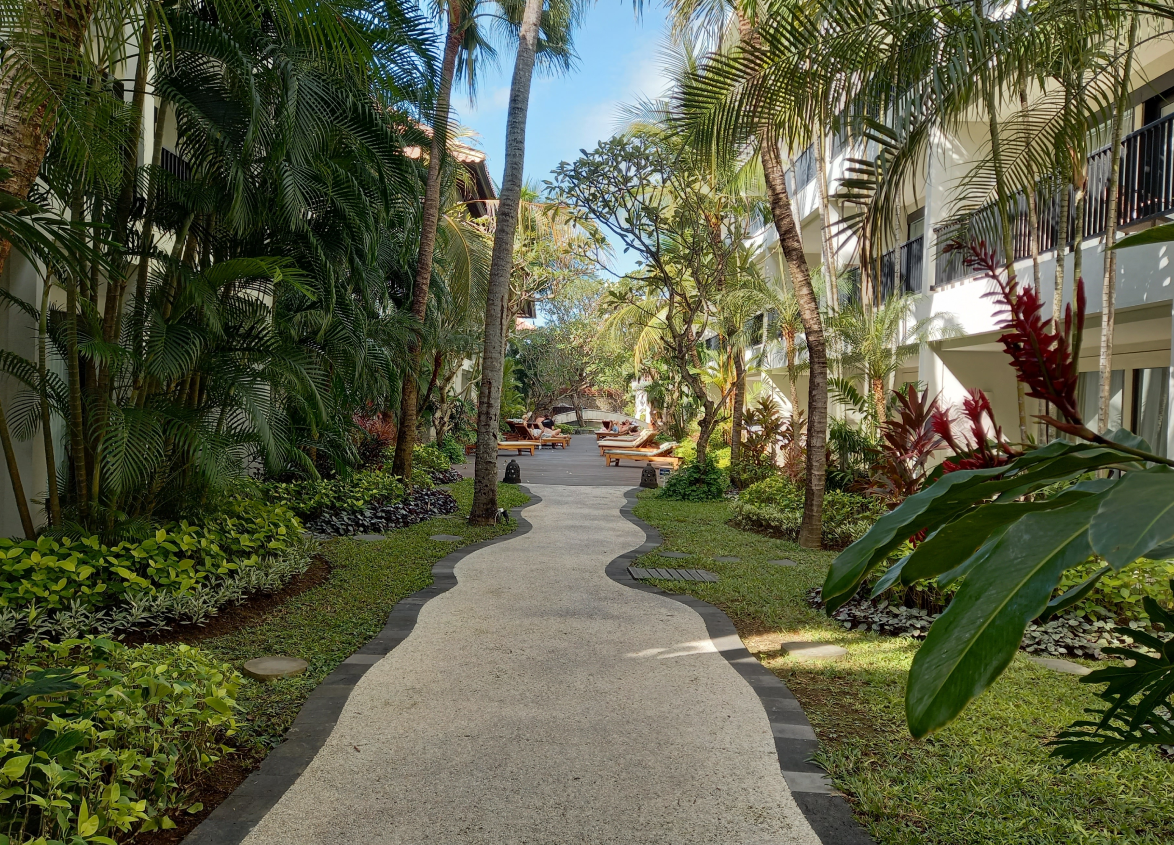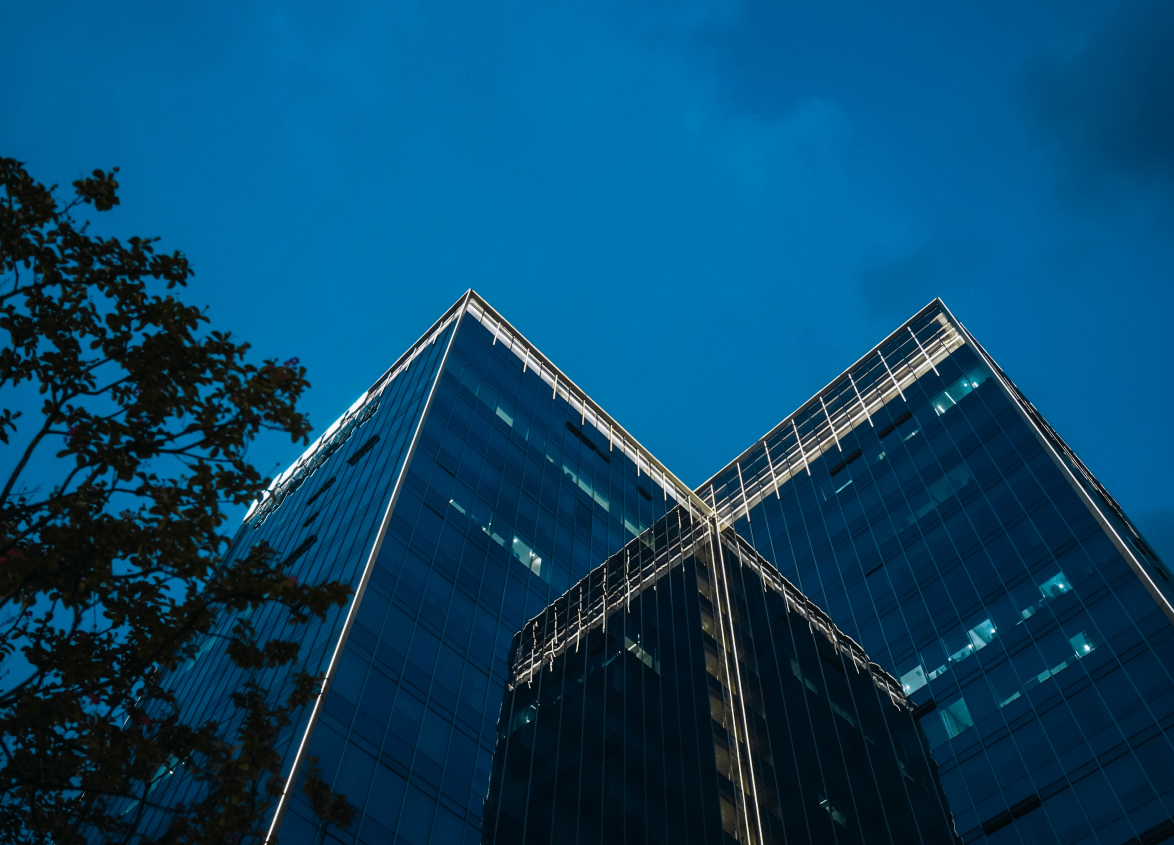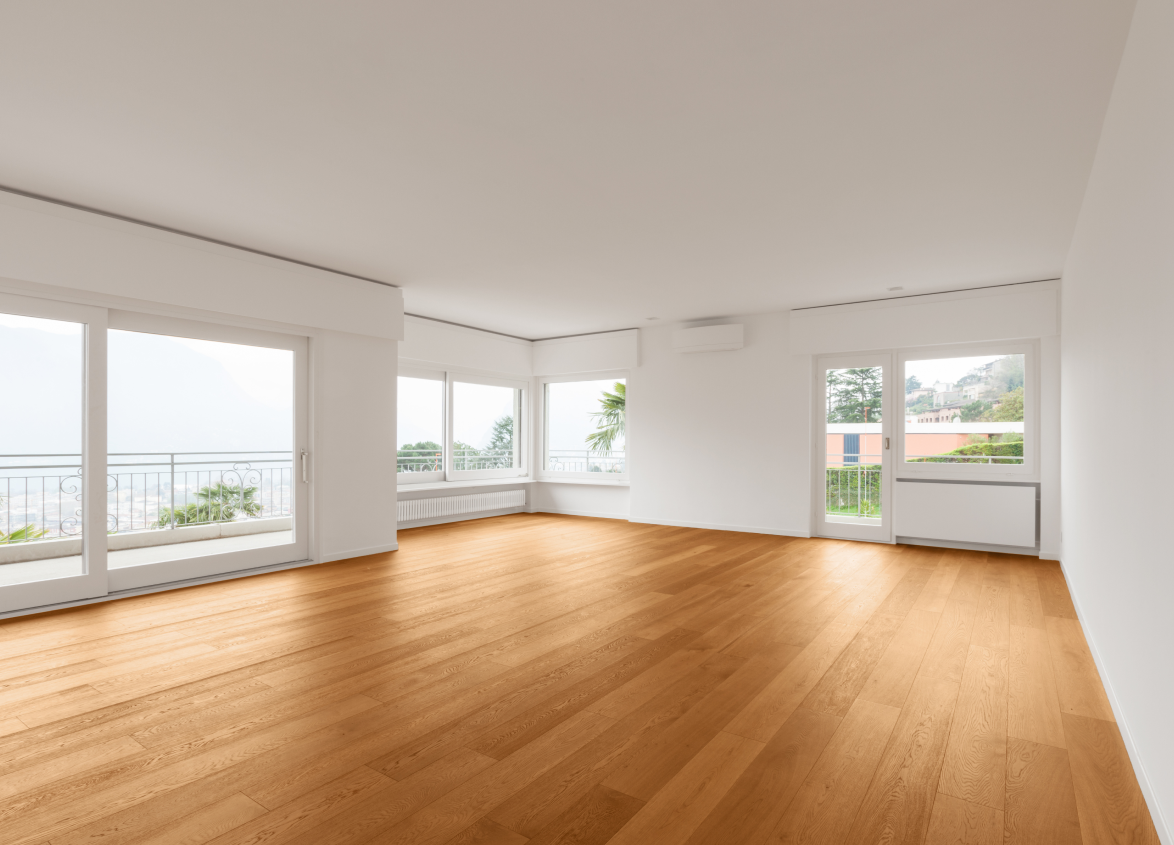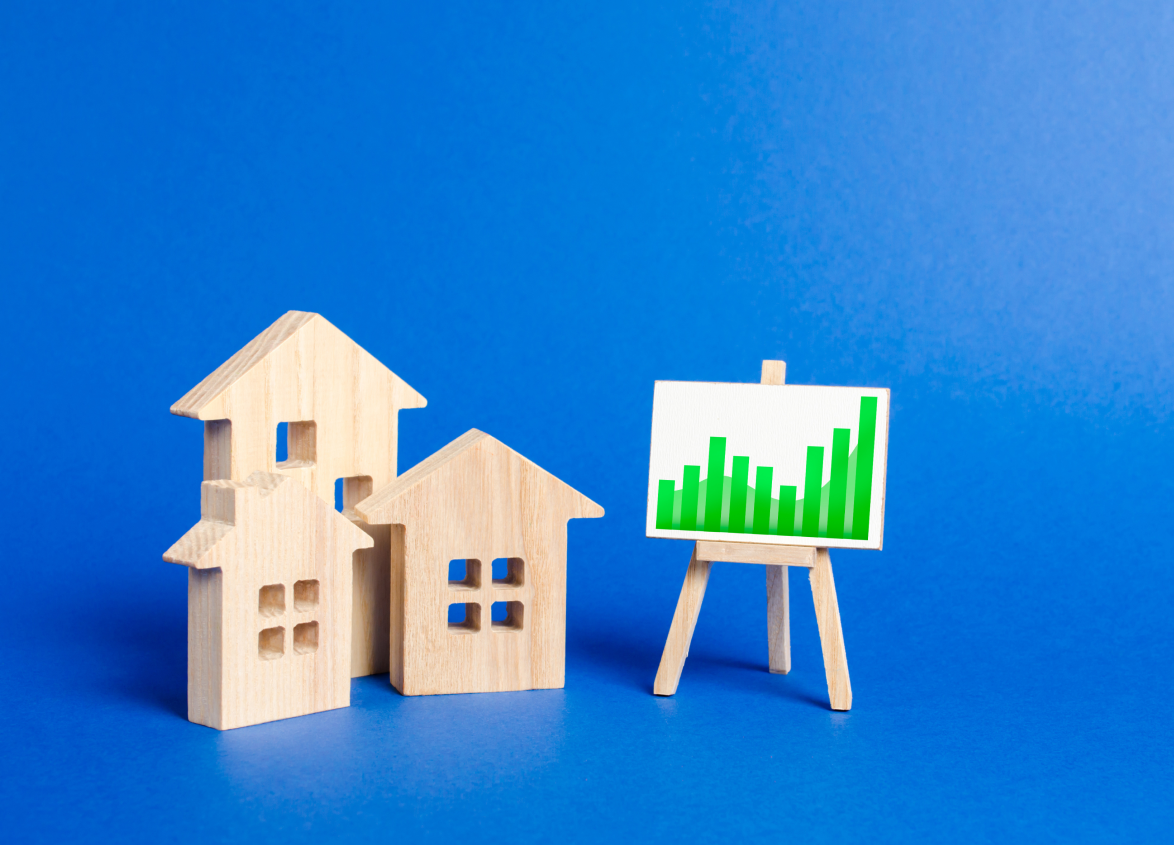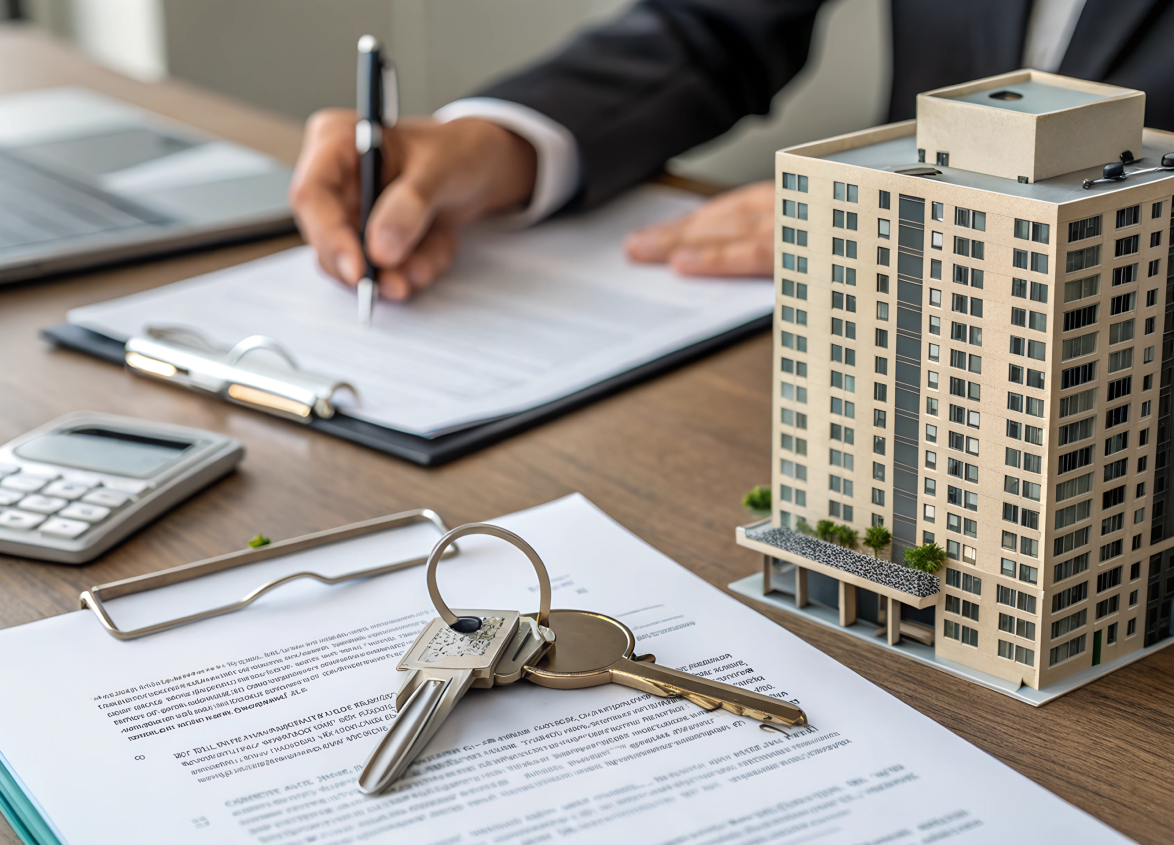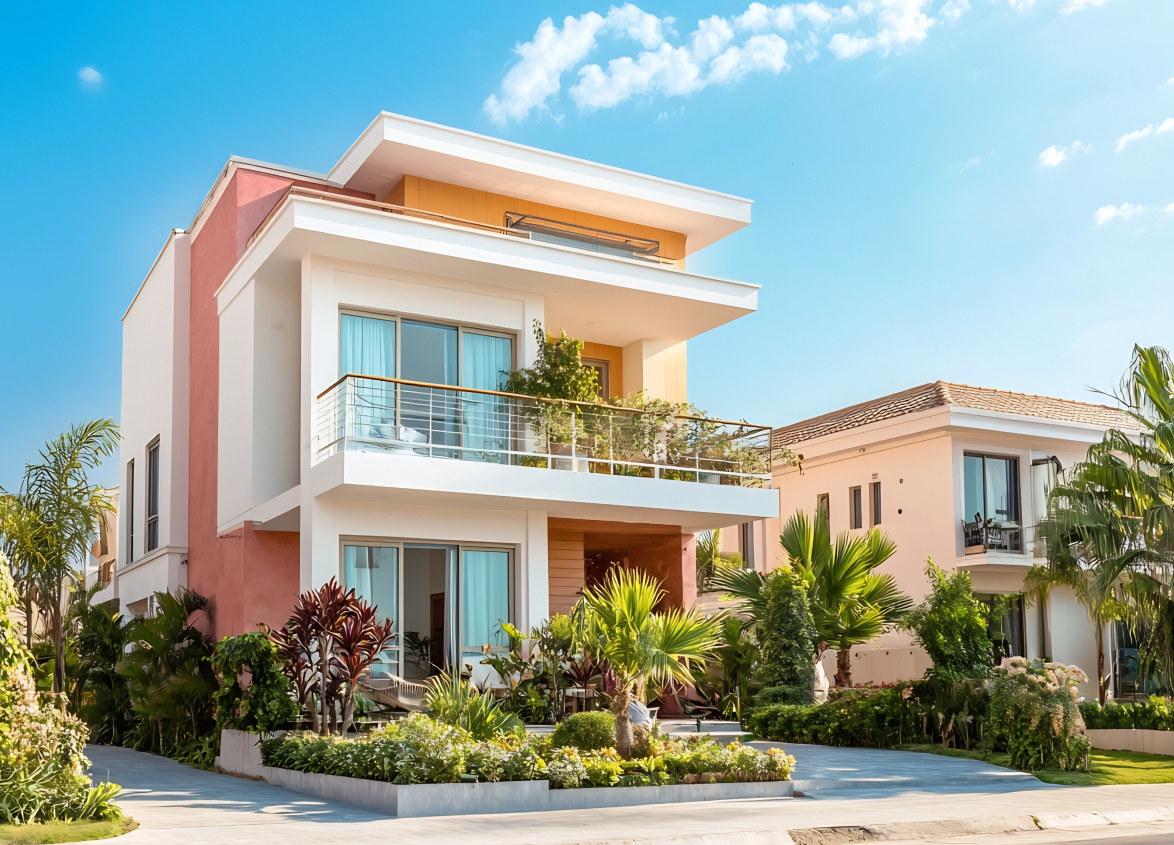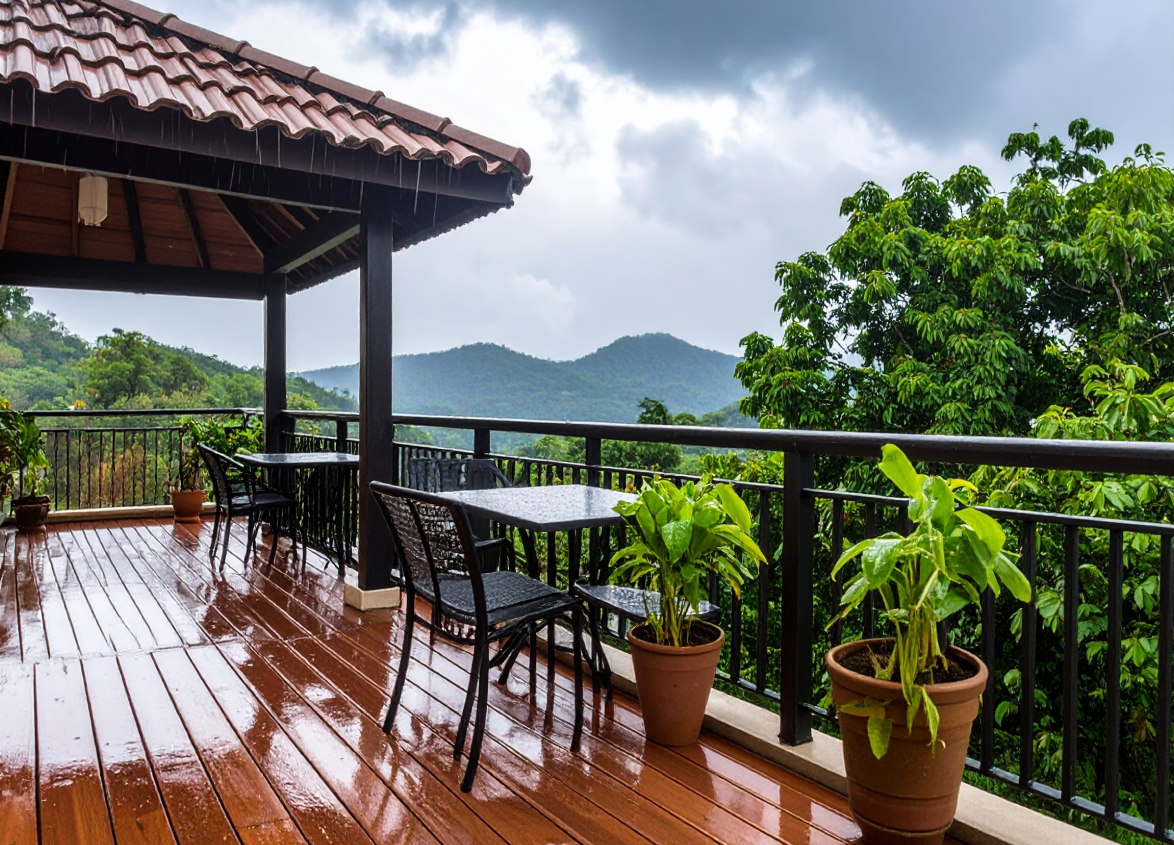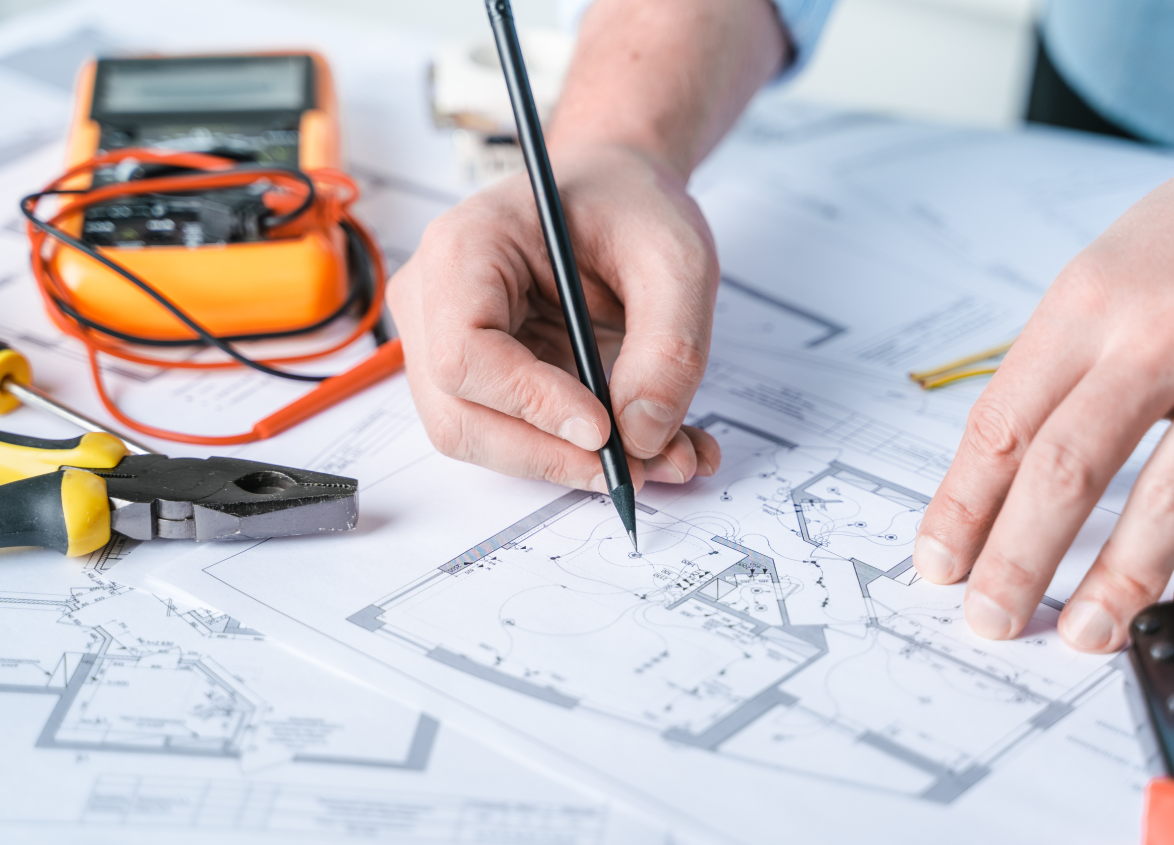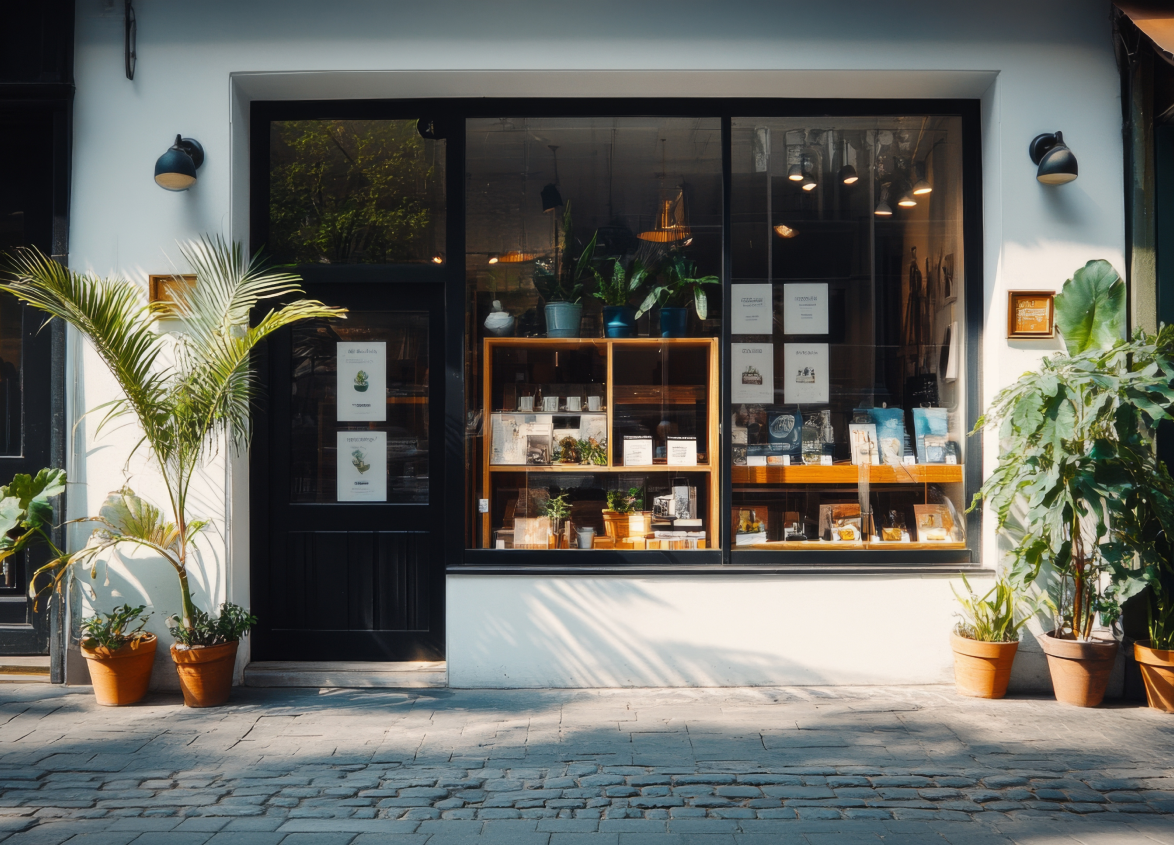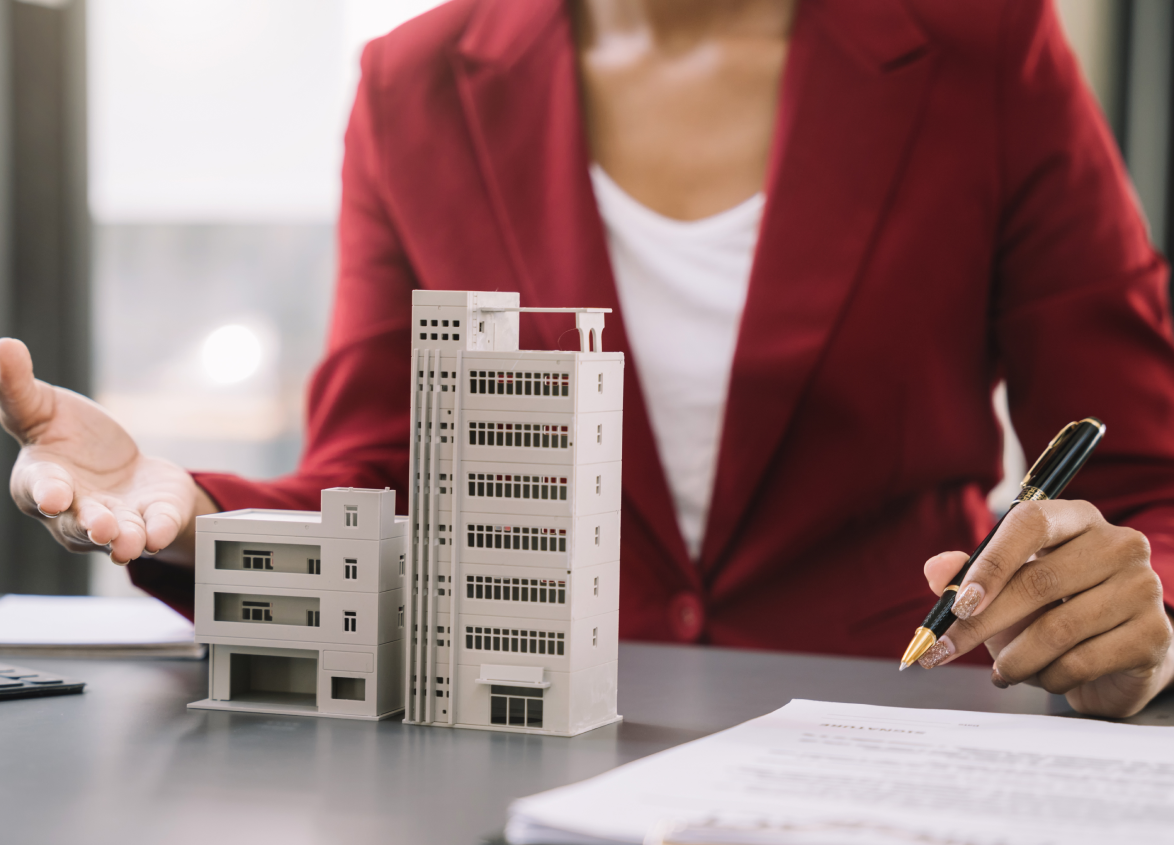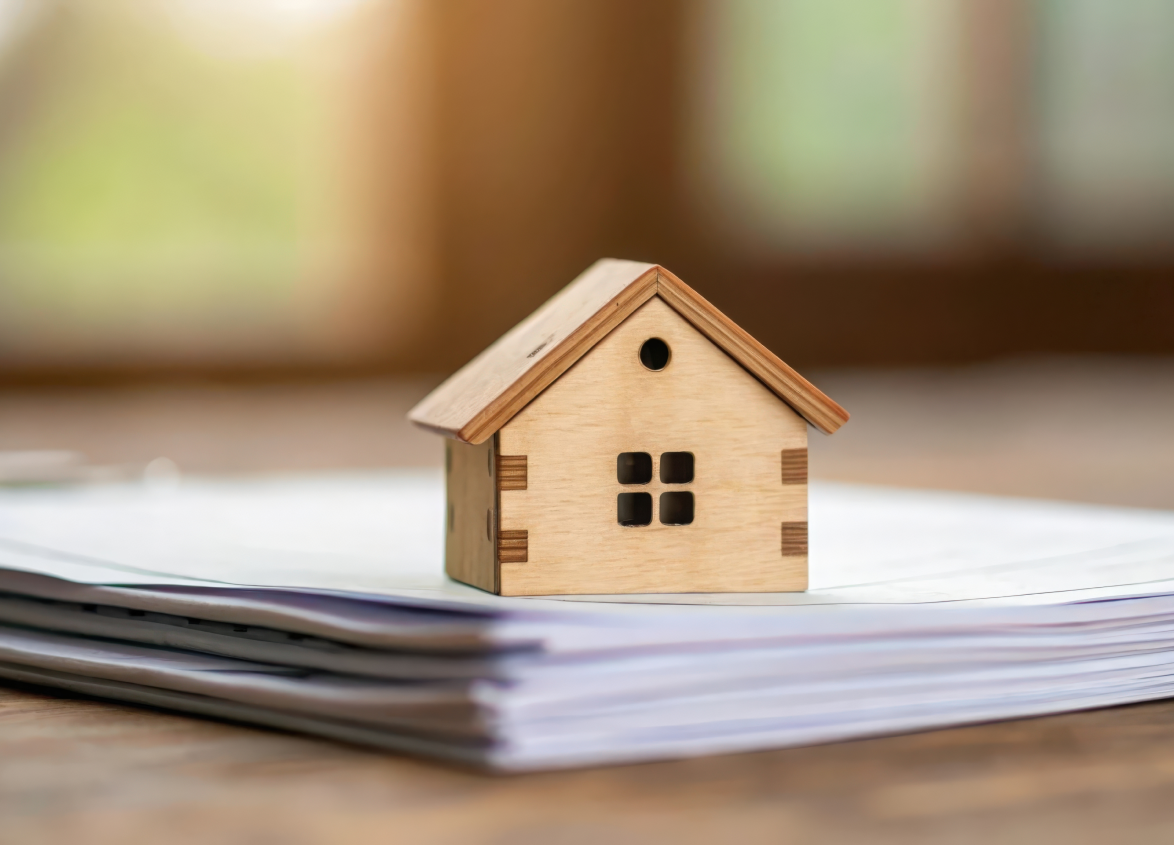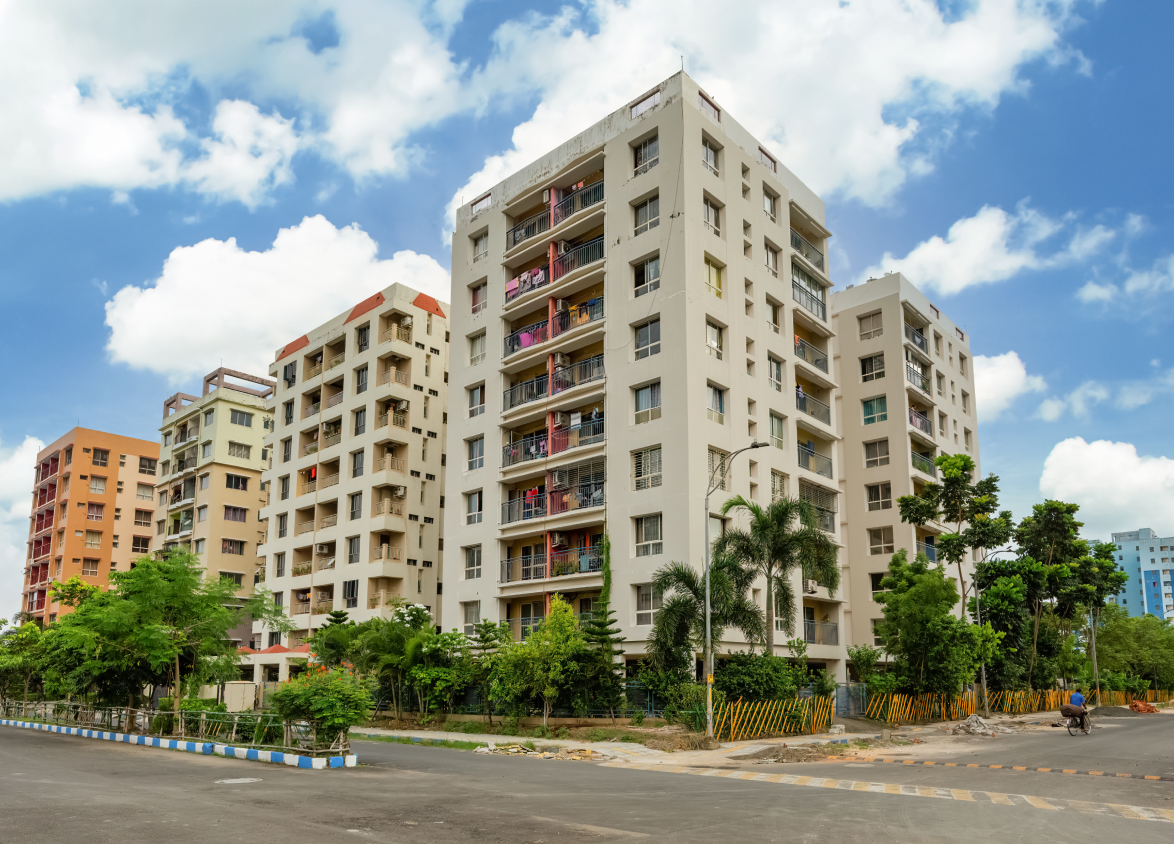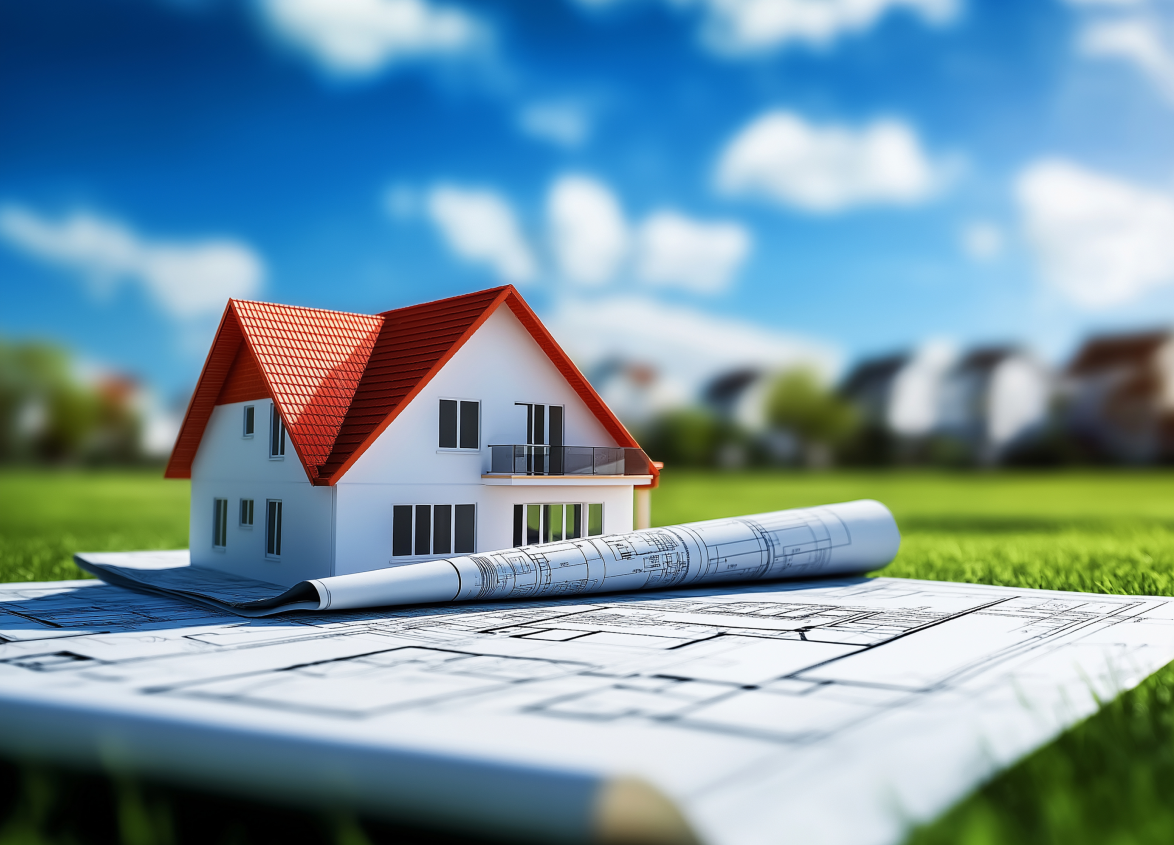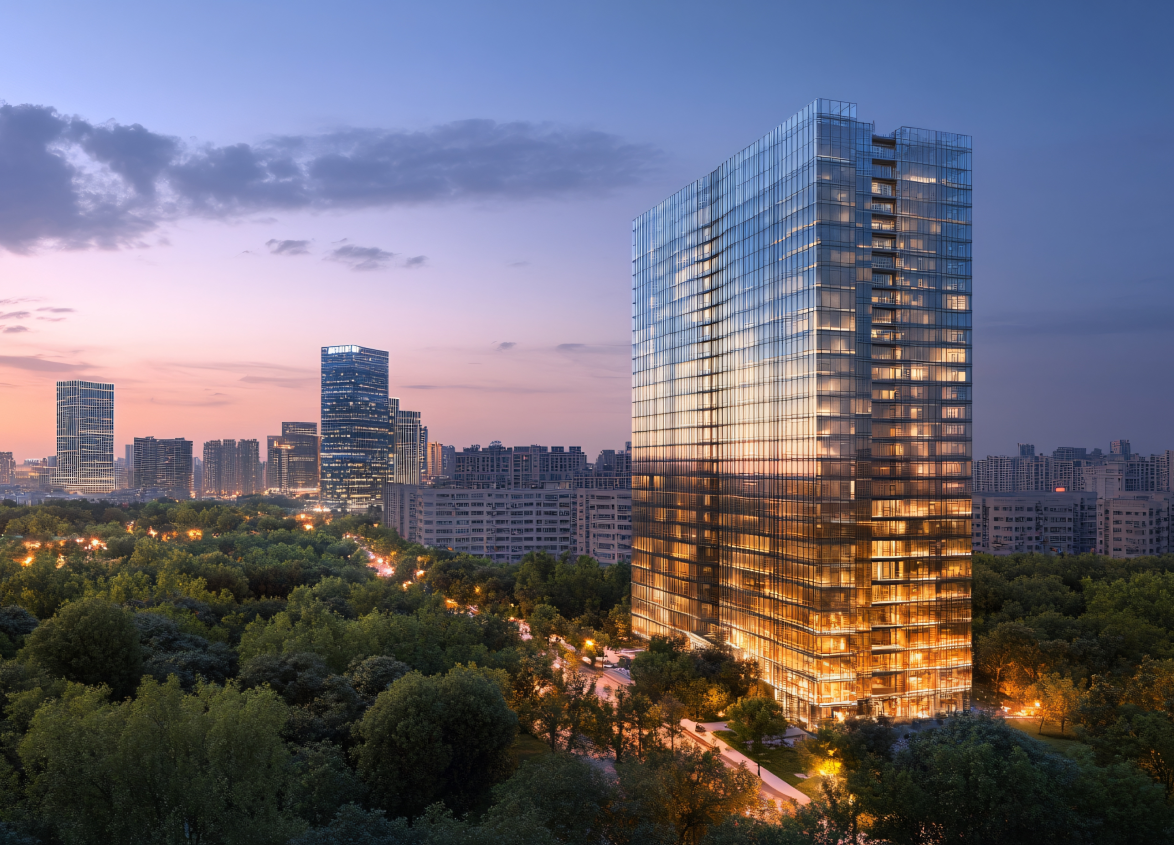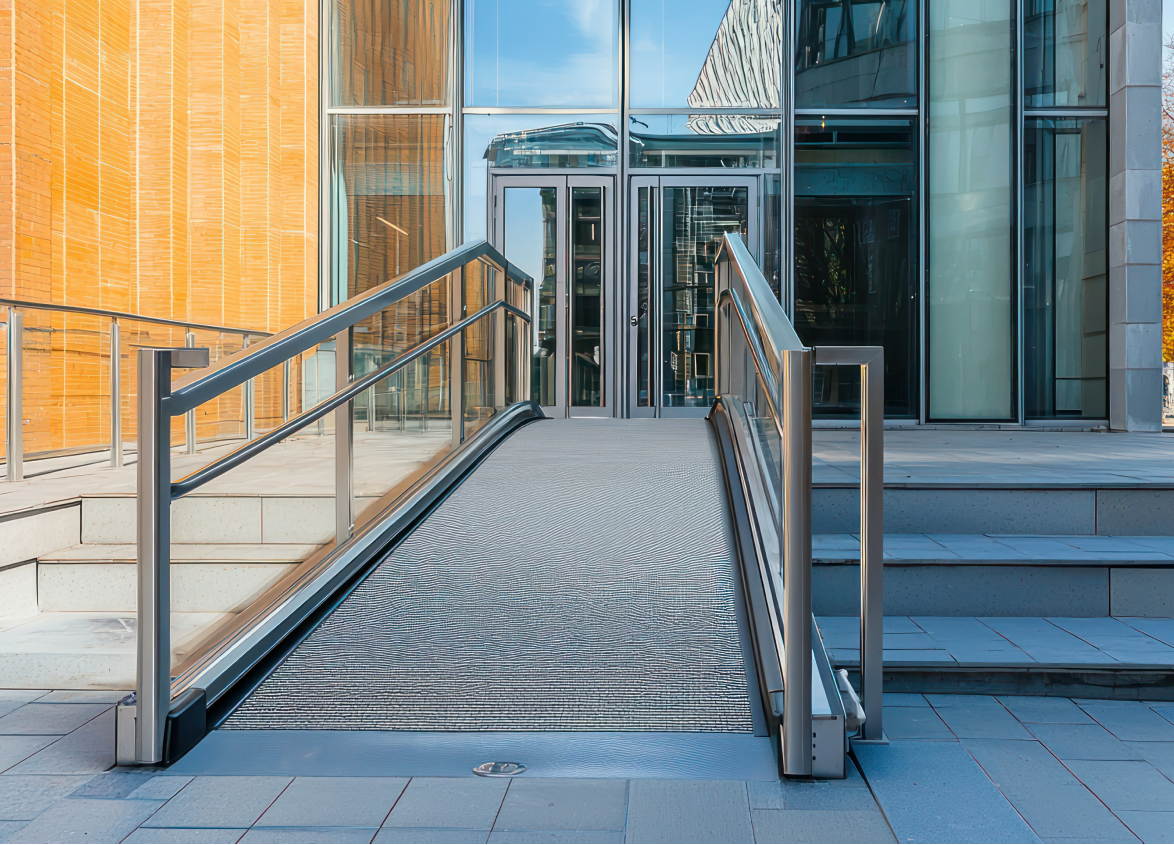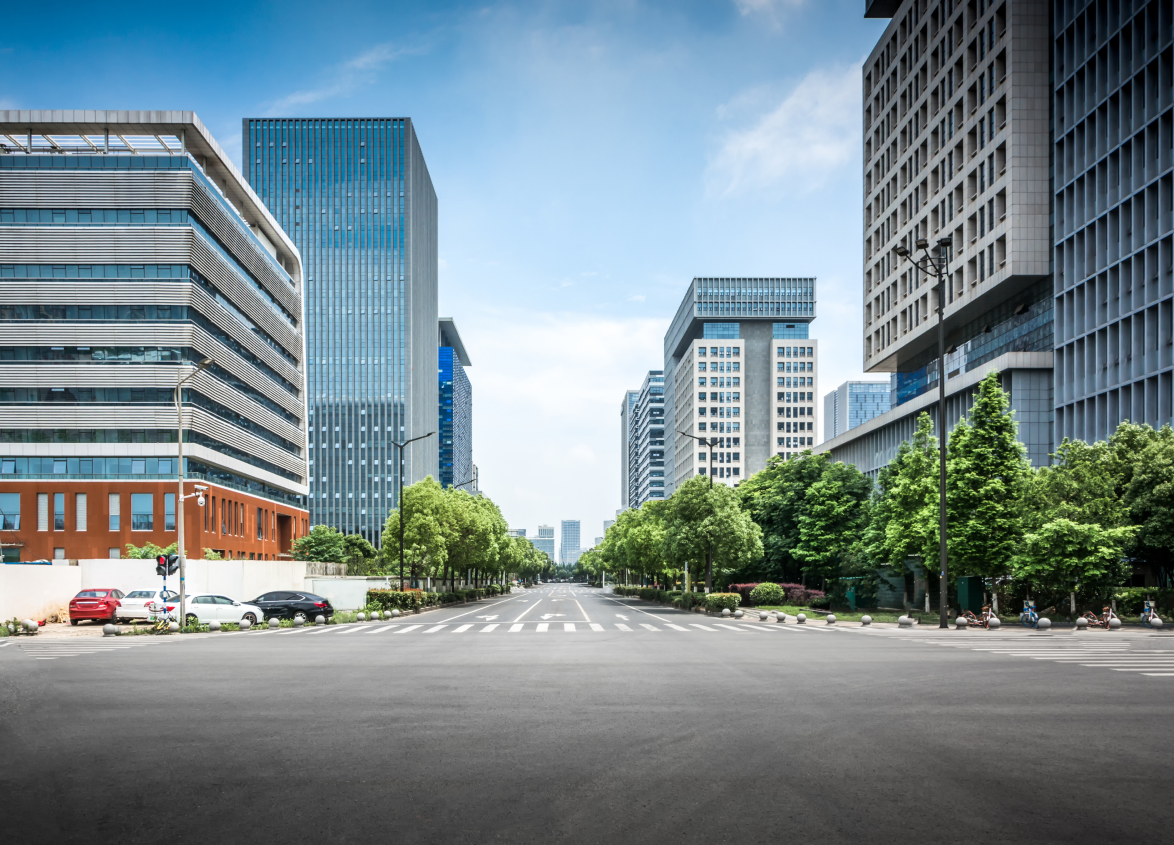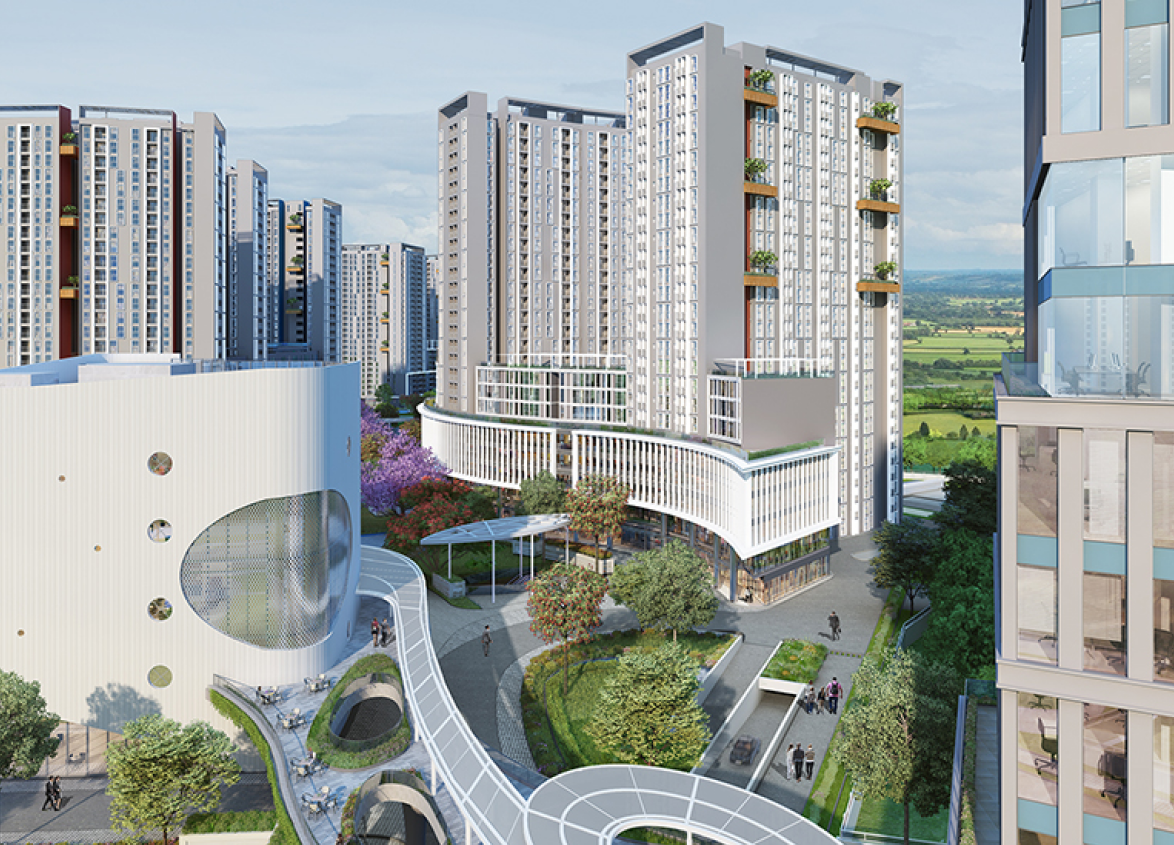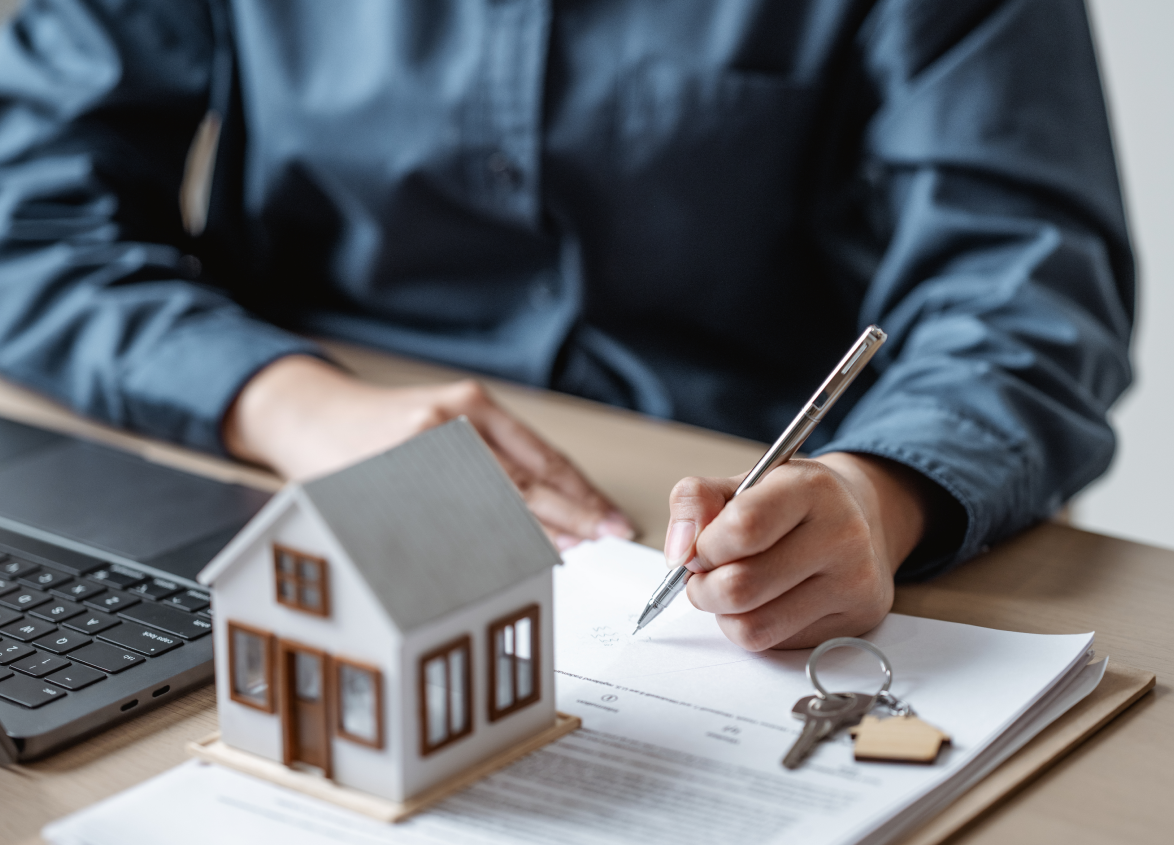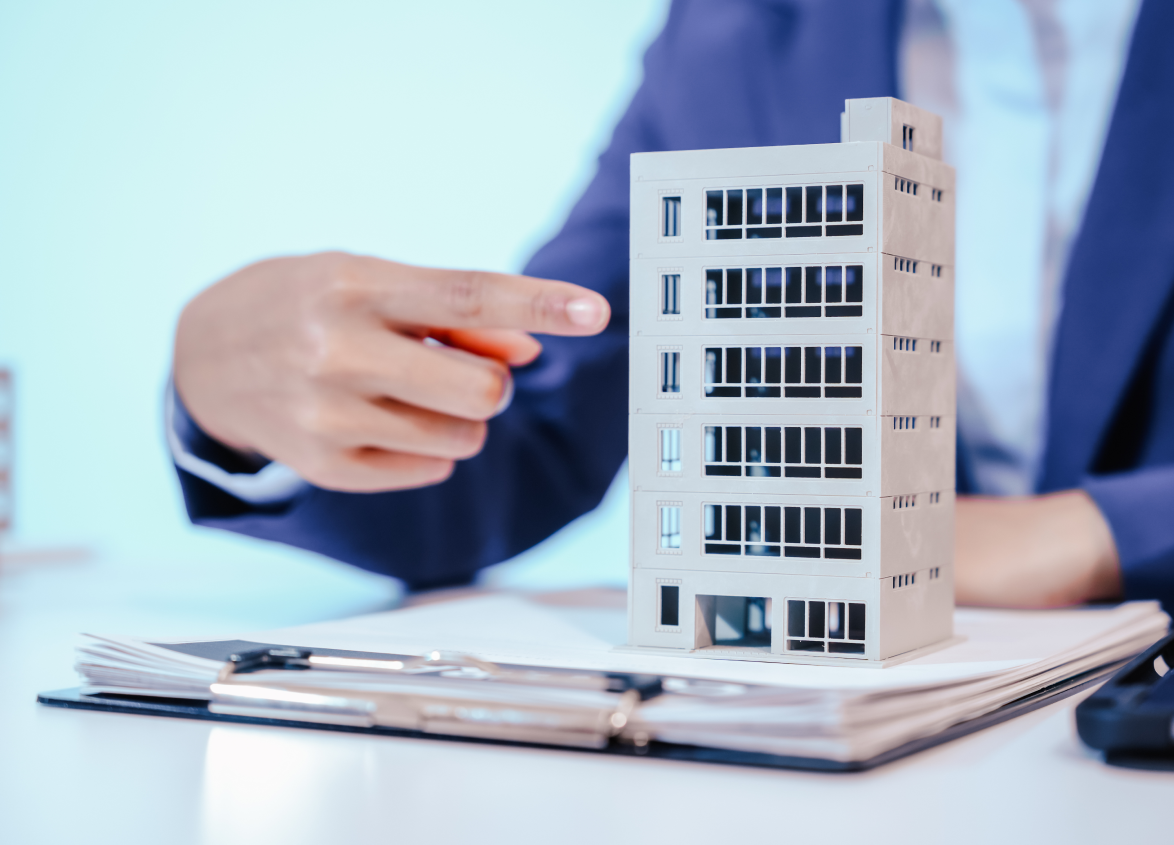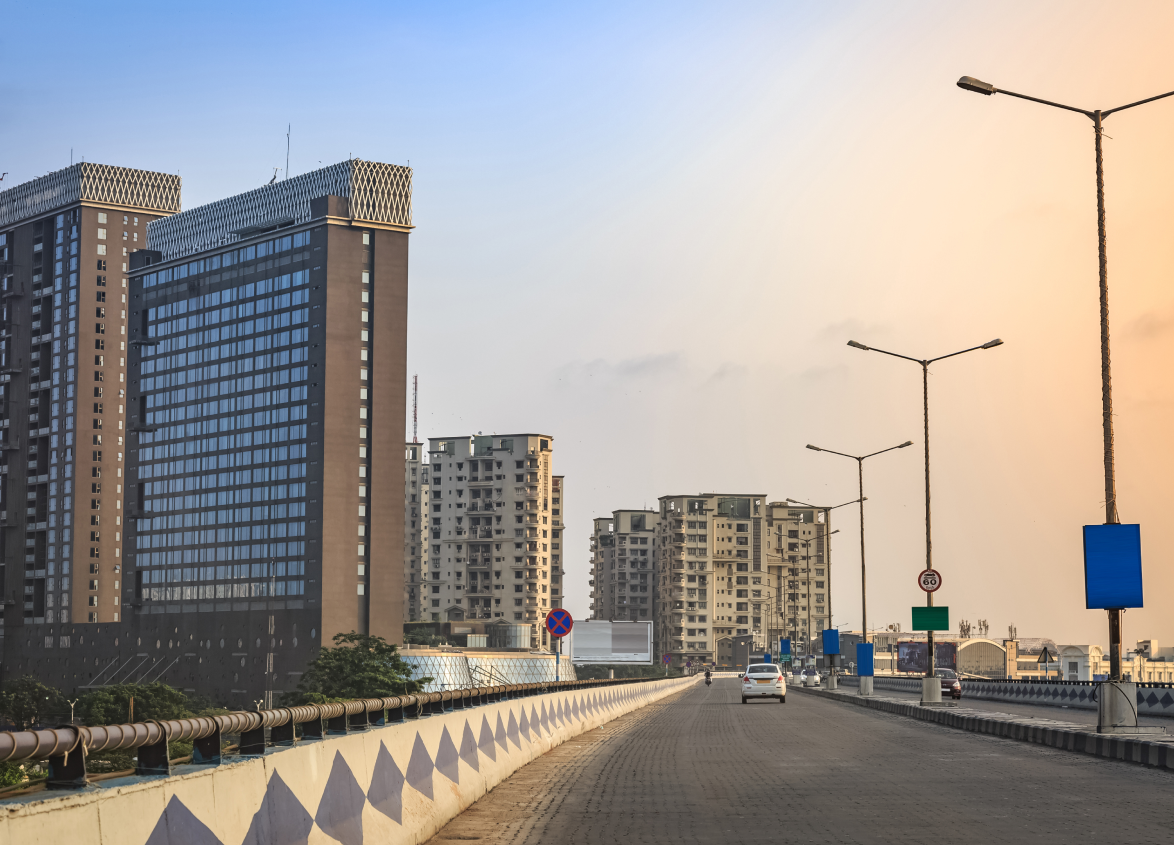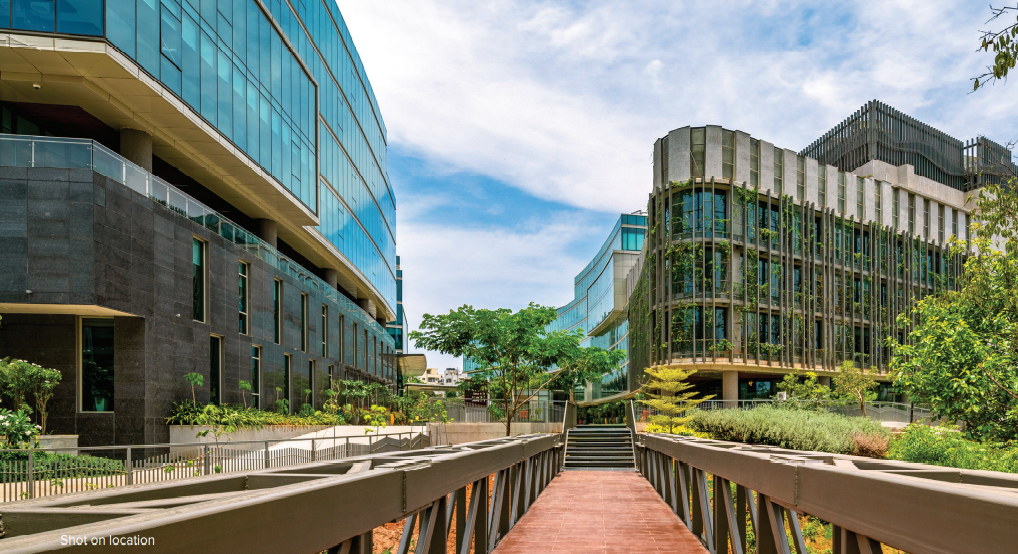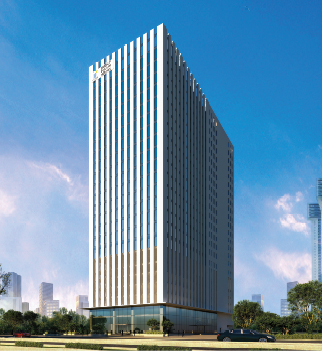
Residential
All You Need to Know About Undivided Share of Land
September 18, 2024
When buying an apartment, it is not just enclosed space that you are purchasing, but also a portion of land proportionally on which the building stands.This share is called the undivided share of land. It is a complicated topic with major legal and financial repercussions.
UDS specifies that you own common areas such as a lift, garden, lobby, and parking space. It impacts the value of your property, legal disputes, and redevelopment rights. Understanding the concept is essential to make well-rounded decisions as a property owner.
What is the undivided share of land or UDS?
The UDS is an essential part of real estate, especially when it comes to apartment complexes and gated communities. It is the part of land which is proportionally assigned to an apartment owner in a multi-residential unit. When you purchase an apartment, you are not only purchasing that built area but a piece of land on which the apartment is constructed. Your land share here is undivided because it is owned collectively by all the apartment owners and cannot be specifically determined for any particular land portion.
Significance of UDS
Ownership Rights
The land portion in the proportion that each owner holds in a joint-residential property is their undivided share of land.
Common Facilities
It is important to decide how the common facilities and areas are distributed amongst the apartment owners.
Legal Entity
A multiple-residential property’s legal entity can be decided with the help of UDS. It helps in outlining the obligations and rights of every owner within the limits of a substantial property.
Development and Expansion
It also impacts the possibility of development and expansion of the property.
Legal and Financial Matters
A UDS is important to consider when making monetary and legal decisions for the property.
Value of the Property
It influences the market value of the single unit in a multi-residential property.
Maintenance and Expenses
The UDS impacts the expenses and maintenance of shared areas, too.
UDS in Apartments and Flats
The UDS is important to several real estate transactions and helps in tracing the actual value of the flat, making UDS in apartments a critical factor for buyers and investors. It majorly helps an owner with their rights and obligations. It allows the owner to participate in the upkeep and general operations of the society or apartment.
Share of UDS apartment
It is important that the land area you own corresponds to the space that is constructed there, as UDS in flat ownership directly influences property value and future redevelopment rights. As the Floor Space Index usually allows 1.5 times the plot area, the land should be 1.5 times the apartment’s size. There are several instances where the UDS and constructed area don’t match, as there are no rules in place to regulate this concept.
With regard to apartments and flats, the UDS plays a critical role. This is how it functions:
- Allotment: When a property developer constructs a flat or apartment complex, the total area is divided amongst the flats in proportion to their construction area. For example, if the entire property is 1000 sq. ft. and there are 10 flats of equal size, every flat owner will get a UDS of 10%.
- Collective ownership: Undivided share of land indicates joint land ownership, meaning all the flat owners are owners of the land collectively. This joint ownership is undivided and not specific to a particular flat.
- Influence on transactions: The undivided share of land is a part of every apartment’s sale deed. It ensures that the buyer knows their land share, which is important for resale or renovation.
How undivided share of land is calculated?
UDS is usually calculated by taking multi-unit buildings or societies where shared spaces are taken into consideration.
To calculate, you need data for these things:
- The total land area of the entire property.
- Super built-up area of a particular apartment for which you want to calculate UDS. It comprises the carpet area along with the proportionate share of shared areas such as elevators, staircases, gardens and corridors.
Once you have the information in hand, you can apply the following formula to get the UDS area:
(Super built-up area of your flat/ Super built-up area of all the flats) x Aggregate land area
Example:
So, if a multi-unit development has 10 apartments with four 1 BHK apartments, four 2 BHK apartments, and two 3 BHK apartments. If you own a 2 BHK of 800 sq. ft. while 1 and 3 BHK apartments are constructed on 600 and 1000 sq. ft., the UDS from the total land area of 10000 sq. ft will be calculated as mentioned:
- Aggregate land area: 4 x 600 + 4 x 800 + 2 x 1000 = 7600 sq. ft.
- Single apartment size: 800 sq. ft.
- The total area of the apartments: 10,000 sq. ft.
- Using the formula: 10,000 x 800 / 7600 sq. ft. = 1,052.63 sq. ft.
So, the undivided share of land in the apartment will be 1053 sq. ft.
Legal implications
Owning a UDS comes with various major legal implications that impact property transactions, transferability, ownership, and redevelopment, which highlights the importance of UDS in real estate for long-term investments.. Hence, it is essential to recognize these implications.
Ownership rights
A major legal implication of owning an undivided share of land is the clear establishment of your ownership rights. While purchasing an apartment, the sale deed transparently mentions the UDS owned by you. This legal document assures that your land share is recognized and safeguarded under the law. The specific mention of UDS in the sale deed further helps in preventing future land ownership disputes, offering a safe and transparent foundation of your property ownership.
Transferability
The UDS enjoys transferable properties, which can be sold or transferred once you transfer the apartment. When selling an apartment, the UDS is a part of your transaction, guaranteeing that the new owner will get the same proportion of land rights transferred. This transferability is legal and is administered by legal documentation, ensuring a legally effective and smooth transaction. The right transfer of UDS is essential for maintaining the value and legal standing of the property.
Redevelopment
When going for redevelopment, the UDS has a critical role in recognizing the owner’s rights and benefits. If a building needs redevelopment, the proportionate UDS states the share of the new property that every owner is entitled to. This assures that the property redistribution rights have been transparent and fair. Developers need to respect the current UDS allotments, and any changes or agreements should be legally documented and agreed upon by all apartment owners.
Inheritance
The next essential legal implication of owning a UDS is its effect on inheritance. UDS is inheritable, meaning it allows the owners of the property to pass their land share and apartment to their legal heirs. The inheritance practice is administered by property laws and needs effective legal documentation to make sure ownership is rightfully transferred. Precise legal processes should be followed to prevent disputes among the legal heirs, further ensuring the continuity of ownership rights.
Mortgage and loans
Banks and financial institutes recognize UDS when sanctioning home loans and mortgages. A properly-stated UDS enhances the property value, making it simpler to acquire loans. Financial companies and banks require effective legal documentation of UDS to evaluate the worth of the property. The transparency in UDS allotment lowers the lender’s risk and facilitates simpler loan approval practices.
Legal disputes and resolution
Undivided share of land plays an important role in property legal disputes. Transparency in documentation and legal recognition of UDS can help clear the conflicts over land ownership, boundary problems, and redevelopment rights. With a legal UDS, you get a robust base for dispute resolution, ensuring that rights of ownership are upheld during legal proceedings.
Compliance with regulations
Complying with rules, like the one set by the Real Estate Regulation and Development Act (RERA), is important in handling UDS. RERA commands clear and fair calculation and disclosure of UDS, safeguarding the interest of the buyers. Following these regulations guarantees that property transactions are legally sound and secures owners from possible legal problems.
Impact on UDS on Property Transactions
The model of undivided share of land meaningfully affects property transactions, especially in the case of apartments and residential societies. Recognizing the functioning of UDS in property transactions is essential for buyers and sellers to allow transparent, safe, and legally feasible transactions.
Transparency
While transacting in properties, the UDS plays a major part by bringing transparency and clarity to the ownership feature. During the sale of an apartment, the sale deed should properly mention the UDS linked with the property. The legal documents ensure that the purchaser knows the land proportion they are getting, along with the constructed area. Transparent articulation of UDS in the sale agreement avoids future disputes over land ownership and ensures that all the parties know about their obligations and rights.
Value assessment
The apartment’s value is meticulously tied to the UDS it involves. Apartments with a bigger UDS hold more value as they represent a higher share of the underlying land. The valuation is essential during property transactions as it impacts financing options and negotiations. Purchasers often go for properties with a larger UDS, understanding the long-term advantages of owning a bigger land share with regard to potential redevelopment or increased resale value.
Legal compliance and safety
Meeting the regulatory requirements such as the ones highlighted by the Real Estate Regulation and Development Act (RERA) is important in property transactions related to UDS. RERA obligates complete disclosure of UDS in the sales deed, safeguarding the interests of the buyers and ensuring fair practices in real estate transactions. Compliance with these rules offers legal protection to the buyer and boosts the seller’s credibility, adding to the authenticity of the transaction.
Mortgage and loan approvals
Banks and financial institutes consider the undivided share of land when approving loans and mortgages. A properly outlined UDS adds to the collateral value of the property, making it simpler for buyers to acquire a loan. Banks need UDS's precise legal documents to evaluate the worth of the property, ensuring that the loan is supported by a tangible asset with clear ownership rights.
UDS as per RERA guidelines
The Real Estate Regulation and Development Act was sanctioned in 2016. It aims to add clarity, efficiency, and accountability to the real estate world. Regarding the undivided share of land, RERA offers precise regulations to safeguard the rights of the buyers and support fair dealings in property transactions.
Clear disclosure
RERA directs that developers and builders disclose the UDS linked with every unit in their project. The disclosure should be a part of the sale agreement, ensuring that buyers are completely informed about the land portion they are acquiring in addition to their apartment. The sale deed for undivided share of land should precisely state the buyer’s undivided share of land, to avoid any ambiguity or future issues.
Precise calculation
The Act mandates developers to calculate and allot UDS precisely, depending on the total land area and the number of units in the development. This ensures that every buyer enjoys their fair share of land in proportion to their unit size. The guidelines help avoid the arbitrary allotment of UDS, promoting transparency and fair dealing.
Compliance and protection
Complying with RERA helps safeguard the UDS buyers from malpractices like overpricing and miscalculation of land share. It also makes developers responsible for delivering what they promise, promoting trust in the real estate sector. RERA’s rigid measures ensure that buyer’s interests are protected, making property transactions safer and more reliable.
Conclusion
In all, RERA’s guidelines on UDS ensure precision, clarity, and fairness in property transactions, offering legal security to buyers and a healthy real estate market.
Selling an undivided share of land
The concept is commonly applied in India, when property transaction involves it, usually in multi-unit properties or housing societies. Under such circumstances, the developer or owner sells a specific fraction of the full property often stated as UDS, rather than selling individual apartments or units.
Here are some points to keep in mind when selling UDS:
Ownership rights
When you sell a UDS, you are offering the buyer a part of the ownership rights over the complete property. Along with other UDS holders, the buyer is now the co-owner of the property.
Common areas and facilities
Common amenities of the property such as parking areas, clubhouses, gardens, and pools are jointly owned by the UDS holders.
Documentation
Selling UDS needs proper legal paperwork similar to all types of real estate transactions. It includes ownership transfer, sale agreement, and the share being registered in the name of the buyer.
Responsibilities and liabilities
Usually, the undivided share of the landholder also divides the maintenance and management of the shared space and development.
Resale and transfer
Share can be transferred or sold to a new person. A No-Objection Certification, along with necessary paperwork and permission, should be acquired from the housing association.
Steps involved in selling undivided share of land:
Documentation
Ensure all legal documents, including the sale deed for the undivided share of land, are in place.
Valuation
Get your UDS valued by a professional to ensure you get a fair price.
Buyer Agreement
The buyer must understand and agree to the UDS they are acquiring.
Legal Process
Follow the legal process for transfer, including registration and paying any applicable taxes.
Conclusion
Understanding the concept of an undivided share of land is crucial for anyone involved in real estate, particularly in the context of apartment ownership. UDS ensures that you have a legal claim to the land on which your apartment stands, providing long-term security and value appreciation. Whether you are buying, selling, or simply owning an apartment, knowing your UDS and its implications can help you make informed decisions and protect your investment.
By following guidelines, such as those set by RERA, and ensuring clear documentation, you can navigate the complexities of UDS with confidence. As real estate continues to be a significant investment avenue, the undivided share of land remains a key factor in determining property value and ownership rights.
FAQs
1. What is UDS?
Undivided share of land means owning a share of common areas and land in a multi-residential project, representing ownership of a proportionate share of the total land of a particular unit. It highlights the rights and entitlements of the owner over shared areas and is usually expressed as a fraction or percent.
2. What is the benefit of UDS?
The advantage of UDS is that it offers property owners a proportionate ownership of the land, promising a share in the value and future appreciation of the land, adding to its investment security.
3. How can I calculate UDS?
To calculate UDS, you need to multiply the aggregate area of the land by the size of the single apartment and divide the amount by the total area of all the apartments in the development.
4. Can I sell my undivided share of the property?
Yes, you can sell your undivided share of the property with a sale registration deed once all the co-owners agree.
5. Is it possible to transfer the undivided share of land?
Yes, you can transfer the UDS. The transfer procedure is majorly carried out via a legal document called a sale deed, which should be registered with the concerned legal authorities to be lawfully valid.
MUST READ
Looking for something specific?
We'd be delighted to help you.



